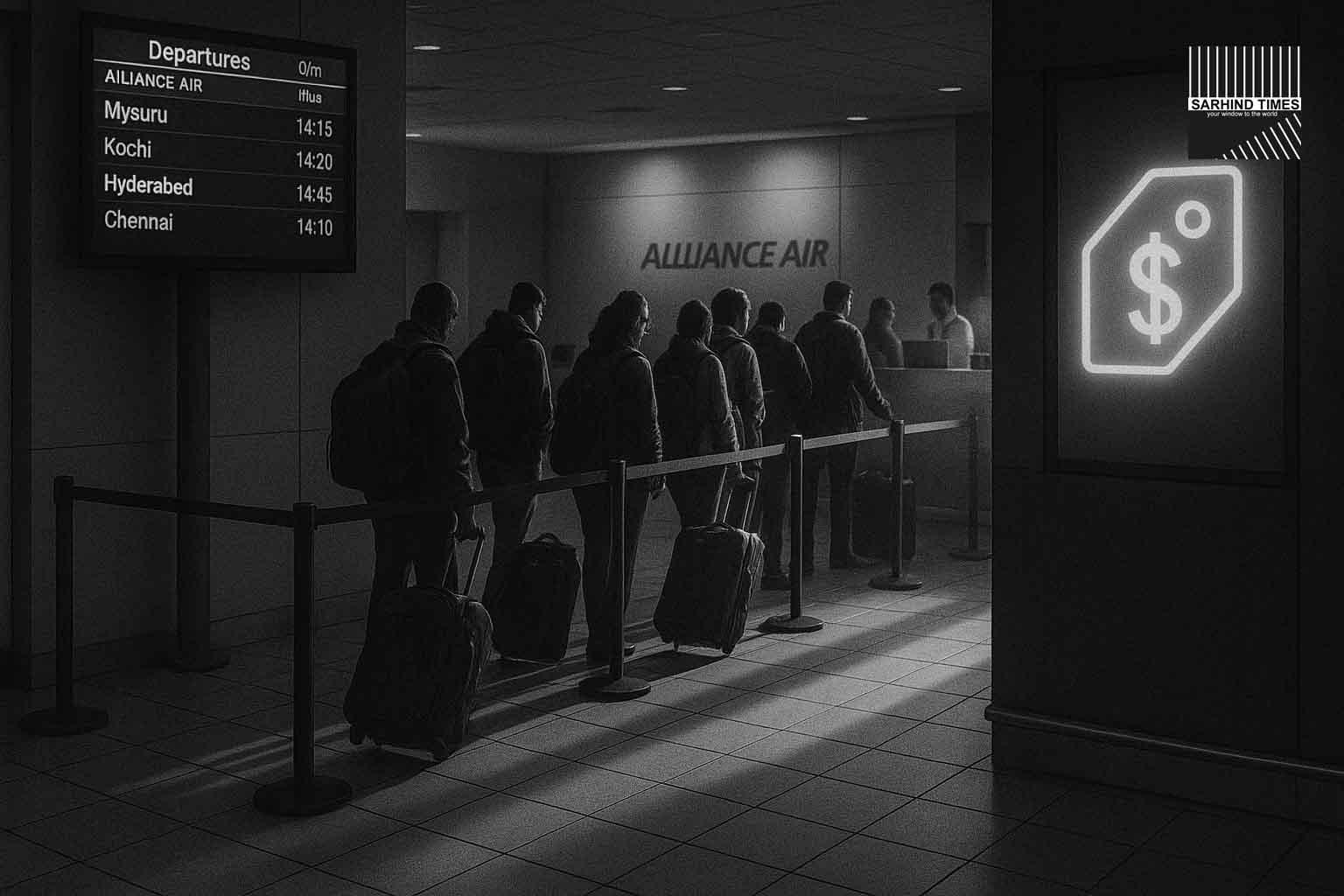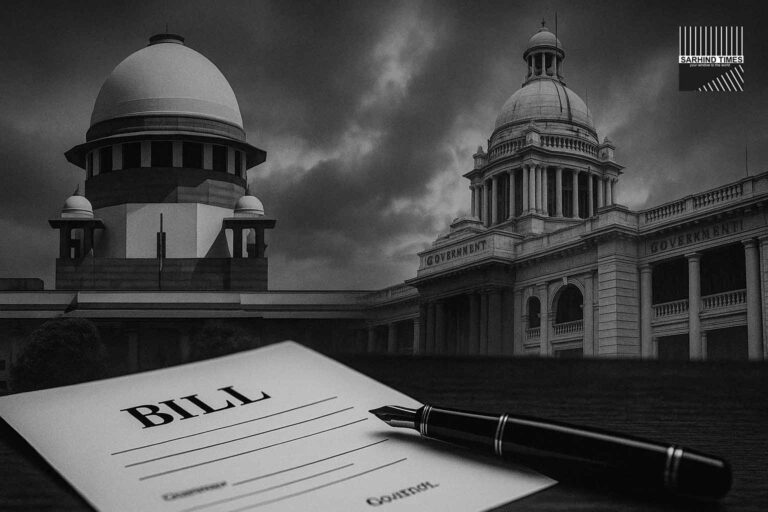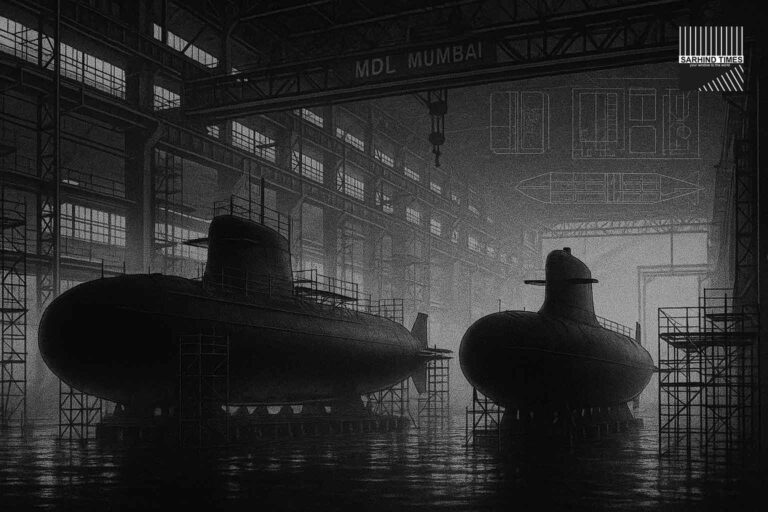Dateline: New Delhi | Tuesday, October 14, 2025 (IST)
In a move pitched as a nudge toward predictable, people-first pricing, the Union government has launched a fixed-fare pilot on select Alliance Air routes. The scheme—branded “Fare Se Fursat”—keeps the ticket price constant regardless of when you book, even on the day of departure, and will run from October 13 through December 31, 2025. The Civil Aviation Minister Rammohan Naidu Kinjarapu unveiled the pilot, calling it a step to reduce fare anxiety and test whether transparent, steady pricing can unlock demand across regional networks aligned with UDAN goals.
The News, Straight Up
- What’s new: A single, fixed fare on select Alliance Air routes for the pilot window Oct 13–Dec 31, 2025.
- Who’s behind it: Ministry of Civil Aviation (MoCA); pilot inaugurated by Rammohan Naidu.
- Why it matters: Simplifies decision-making for travelers—especially students, medical travelers, and last-minute flyers—and lets the airline test if price predictability can lift load factors and on-time purchase behavior.
- Scope & intent: Limited-route pilot to evaluate operational feasibility and passenger response before considering scale-up.
- Branding: Rolled out as “Fare Se Fursat”—literally, “freedom from fares (fluctuations).”
How This Pilot Fits India’s Regional Aviation Moment
Alliance Air, the government-owned regional carrier, sits at the affordability-access end of India’s aviation spectrum. While private carriers pursue yield optimization across metros and busy trunks, Alliance Air covers thin UDAN sectors that need reliable schedules more than flash sales.
A fixed-fare pilot does three things at once:
- Removes pricing uncertainty: With a single fare, passengers won’t see last-minute spikes, a common deterrent to booking close to departure.
- Creates an experiment for policy: The government can measure demand elasticity—do steady prices pull in more travelers on routes that otherwise see uneven loads?
- Signals traveler-centric design: The ministry has tied recent initiatives (like low-cost snacks at airports) to a broader idea of dignified travel. Fixed fares extend that theme from terminals to tickets.
What We Know—and Don’t—About the Fare Design
Knowns:
- Fixed price per route during the pilot window; it does not change based on booking time.
- Selected routes only (Alliance Air’s network has many UDAN-linked city pairs; the pilot narrows to a subset).
- Objective: Measure operational feasibility and passenger response for a potential scale-up or iteration.
Unknowns / To be clarified publicly:
- Exact route list and price points per route.
- Baggage rules under the fixed fare (cabin/checked allowances); early reporting suggests calls for clarity.
- Blackout windows (if any) around festive peaks.
Why clarity matters: A fixed fare must be truly all-in (taxes and fees) to keep its promise of predictability. Early coverage emphasizes constant base price and the pilot horizon; detailed T&Cs—fare inclusions, refunds, change fees—will shape the traveler experience.
The Policy Logic: From “Affordable” to “Predictable”
The last five years saw India stack airport capacity, new routes, and UDAN linkages; the next challenge is trust in pricing. Constant-fare pilots are a way to prove demand exists when cognitive friction is removed. If successful, the model could:
- Boost first-time flyers in Tier-2/3 centers who fear day-of-travel sticker shock.
- Smooth demand across weekdays by removing the “wait for a deal” behavior.
- Tighten operational planning—steady fares and clearer demand curves often mean cleaner rosters and fewer last-minute surprises for a small airline’s yield and network teams.
Caveat: Fixed fares shift price risk to the airline. If ATF (aviation turbine fuel) spikes or irregular weather forces disruption, the carrier must absorb volatility absent a variable fare buffer. The pilot’s limited scope and time box is precisely to test these risks.
Implications by Stakeholder
For Travelers
- Pros: No last-minute fare anxiety; simpler budgeting for medical trips, student travel, and family emergencies; potential for walk-up travel.
- Watch-outs: Confirm what’s included—baggage limits, change/refund rules, and any cut-offs for booking.
For Alliance Air
- Pros: A cleaner demand signal; good PR around affordability; potential load factor gains if steady fares coax late buyers.
- Risks: Margin pressure if fuel or irregular ops hit during the pilot. A small carrier has less room to hedge.
For the Market
- Pros: A live policy sandbox for fare transparency; data could inform UDAN incentives, PSO (public service obligation) design, or fare fences on thin routes.
- Risks: If misread, fixed fares could discourage competition if rivals perceive regulatory distortion—hence the pilot framing matters.
The Bigger Picture: Alliance Air’s Role and the UDAN Arc
Alliance Air remains India’s only state-owned fixed-wing airline, often acting as the connective tissue for towns beyond metro hubs. Press coverage around the launch notes the airline’s struggle to stay viable and the government’s effort to stabilize it with demand-friendly policies that keep regional connectivity intact.
The pilot coexists with other affordability gestures (like Udan Yatri Cafes for low-cost snacks at airports), which the minister framed as part of democratizing aviation—a phrase long attached to UDAN. If fixed fares nudge steady, year-round usage on specific spokes, they could complement the PSO playbook with behavioral economics rather than just subsidy arithmetic.
What Will Determine Success? Five Hard Metrics
- Load Factor Delta: Do pilot routes show statistically significant LF upticks vs. control routes?
- Booking Curve Shift: Does late-window booking rise (and stabilize) when prices don’t spike?
- On-Time Performance & Spill: Does steadier demand reduce no-shows, reaccommodation spill, and misconnects?
- Revenue Quality: Are net yields (after disruptions/waivers) adequate to sustain operations?
- Customer Sentiment: Do NPS/CSAT scores rise on predictability, even if absolute fares aren’t the lowest?
The ministry explicitly framed the pilot as a measurement exercise—“to evaluate operational feasibility and passenger response” before any larger policy choice. That also means sunset reviews and transparent post-mortems will be vital.
Possible Route Archetypes (What We Might See)
While the government hasn’t published the definitive route list, prior UDAN/Alliance Air patterns suggest candidates like:
- State capitals ↔ district HQs with hospital or university corridors.
- Tourism-season tails where fares traditionally behave erratically near long weekends.
- Feeder spokes into a metro where predictable close-in pricing could discipline last-mile bus/rail substitution.
Note: The official route list and fare table, once public, will sharpen this analysis. For now, the pilot nature is what matters most.
Industry Watch: Will Others Copy?
Don’t expect a stampede. Private carriers have mastered dynamic pricing, and India’s market rewards inventory-aware yields. But a targeted fixed-fare product—for example, “walk-up caps” on certain thin routes or late-night shuttles—could become brand-building experiments if Alliance Air’s pilot shows strong LF + sentiment with acceptable economics. Trade coverage and business dailies are already interpreting the pilot as predictability engineering rather than price undercutting.
What Flyers Should Do Now (Practical Playbook)
- Check Alliance Air’s official channels for the pilot route list and final fare tables.
- Confirm inclusions: taxes/fees, baggage limits, change/refund rules; fixed fare should mean no arithmetic surprises.
- If traveling for medical/education: consider closer-in bookings you previously avoided due to fare spikes—that’s the point of the pilot.
- Watch ops updates around festivals/winter weather; fixed price is not fixed weather—buffer time on connections.
Voices & Verifications (What Officials and Public Broadcasters Said)
- PIB (MoCA press note): The minister launched “Fare Se Fursat” so Alliance Air can offer a single, fixed fare regardless of booking date, as a pilot to test feasibility and passenger response.
- Doordarshan/All India Radio coverage: Emphasized predictability and ease of flying; framed it as relief from fluctuating airfares.
- National business press: Reiterated the pilot timeline (Oct 13–Dec 31) and select-route application, placing it within MoCA’s affordability plan.
Risks & Reality Checks
- ATF Volatility: If fuel costs spike during the pilot, margin cushions narrow. (Hence: time-boxed scope.)
- Operational Disruptions: Winter fog can scramble close-in schedules; fixed fares won’t solve irrops; reprotection policies must be crystal clear.
- Behavioral Unknowns: Will passengers front-load bookings (security) or walk up (convenience)? The data will tell.
- Perception vs. Math: If the fixed fare is perceived high vs. historical lows, sentiment may not improve—even if average paid fare is steadier. That’s where communication and tax-inclusive displays matter.
Editorial View: A Useful Experiment—If Measured Honestly
Price transparency builds trust, and trust builds traffic. A pilot that tests this simple principle on India’s regional lifelines is welcome. The success condition is not that fixed fares are “cheaper than everything else,” but that they are clear, fair, and dependable. If MoCA and Alliance Air publish route-level results, the findings can guide smarter UDAN incentives, PSO contracts, and even consumer disclosure norms across the market.
#Aviation #AllianceAir #UDAN #FixedFare #Travel #IndiaInfra #RammohanNaidu #AffordableFlying

























+ There are no comments
Add yours